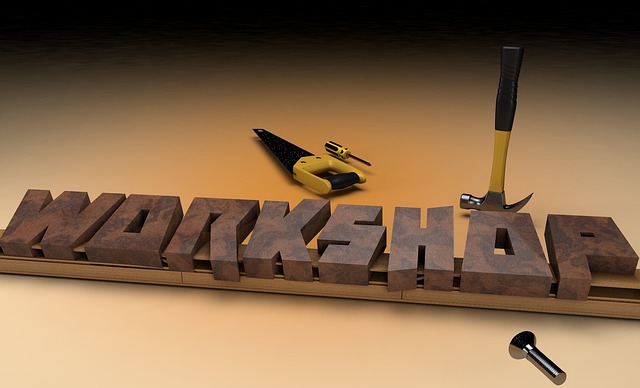Practical Guide to Woodworking Techniques and Projects
Woodworking brings together practical skills, creative design, and a respect for materials. Whether you are starting with simple shelves or refining a complex furniture piece, understanding basic principles of joinery, finishing, and material selection helps you make consistent progress. This guide covers core concepts and practical steps to help you plan projects, choose wood and tools, and develop a reliable craft practice.

What is woodworking?
Woodworking is the process of shaping, joining, and finishing wood to make functional or decorative objects. It ranges from simple repairs and basic joinery to detailed cabinetry and fine furniture. Most woodworking projects follow a similar workflow: plan the design, select materials, cut and shape parts, assemble using appropriate joints, and apply finishes that protect and highlight the wood grain. A clear plan and steady measurement habits reduce waste and improve results.
How to choose wood for projects?
Selecting wood depends on the project’s purpose, appearance, and durability requirements. Softwoods like pine are easier to cut and are often used for interior projects and prototypes; hardwoods such as oak, maple, and walnut offer greater strength and refined grain for furniture. Consider moisture content (kiln-dried is more stable), grain orientation, and potential movement with humidity. For outdoor projects choose rot-resistant species or apply proper sealing. Matching the wood’s properties to the intended use helps avoid splitting, warping, or premature wear.
Which tools are essential for woodworking?
A practical toolset balances hand tools and power tools. Basic hand tools include a reliable tape measure, combination square, chisels, hand plane, and a quality set of screwdrivers. For power tools, a circular saw, portable drill/driver, and random-orbit sander cover many tasks; a table saw or miter saw adds precision for repeated cuts. Blade selection, sharpness, and safe operation are more important than owning many tools. Invest time in learning tool setup and maintenance: sharp blades and calibrated fences produce cleaner cuts and reduce rework.
How to design and build furniture?
Designing furniture begins with function and proportion: decide dimensions based on human scale and intended use, then sketch elevations and joinery. Break the project into components—frames, panels, drawers—and determine the joinery for each: dovetails and mortise-and-tenon for strength, reinforced butt joints for simpler builds. Create accurate cut lists and label parts before assembly. Dry-fit components to check alignment and adjust before applying glue or fasteners. Plan finishing early, since adhesive choices, clamps, and sanding sequences affect final fit and appearance.
How to develop craft and finish work?
Refining craft focuses on consistent technique and attention to detail. Practice fundamental skills—accurate measuring, straight cuts, tight-fitting joints—until they become routine. Sanding should progress through grits and be followed by dust removal to ensure an even finish. Choose finishes based on look and use: oil finishes penetrate and highlight grain, lacquers and varnishes provide surface protection, and water-based finishes offer lower odor and faster drying. Test finishes on scrap from the same board to check color and absorption. Regular tool sharpening and workspace organization also improve quality and speed.
Conclusion
Woodworking is a layered skill that combines material knowledge, tool competence, and thoughtful design. Starting with clear plans, appropriate wood selection, and a focused set of tools reduces common mistakes and leads to better outcomes. Over time, repetition and attention to finishing details strengthen your craft, whether you make practical furniture or fine decorative pieces. Continued learning, safe practices, and small, well-scoped projects support steady improvement and a sustainable woodworking practice.





